thanks for the info
Extended KTP Trip oct 2013
- nan
- Posts: 26445
- Joined: Thu May 31, 2012 9:41 pm
- Country: Switzerland
- Location: Central Europe
- Contact:
Re: Extended KTP Trip oct 2013
poor little thing 
thanks for the info
thanks for the info
Kgalagadi lover… for ever
https://safrounet.piwigo.com/
https://safrounet.piwigo.com/
Re: Extended KTP Trip oct 2013
Day 12 - 14th October - Continued
The remainder of the drive down was long hot and quiet. We eventually decided to detour to TR for lunch and to communicate with family that we were safe as we have been out of contact for 10 days. We also needed to stock up on water which we did before departing for Kieliekrankie.
PCG
Pale Chanting Goshawks are generally monogamous (have only one mate). However, rarely a female pairs up with two males (a primary and a secondary male). The secondary male assists with the breeding activities and, on occasion, also mates with the female. The reasons for this behaviour may be that the breeding territory needs to be defended by more than one male or that it takes two males to secure the food for the brooding female and the chicks.
During the wet season, they usually produce one brood. When conditions are particularly favourable, they may attempt a second brood. In particularly dry years, they may not breed at all.
At the beginning of the breeding season, the male - while perched on top of a tall tree - makes his melodious display call, continuously calling for hours at a time. The female and male can then be seen soaring together in circles.
Nesting varies depending on the latitude, mostly from May to February with peaks from July to November.
Their nests are usually situated on the upper fork of tall trees at heights of 10 - 33 feet (3 to 10 meters), or is placed on man-made structures, such as utility poles, survey beacons and steel pylons / transmission towers.
The nest is built by both the male and the female (and the extra male, if applicable).
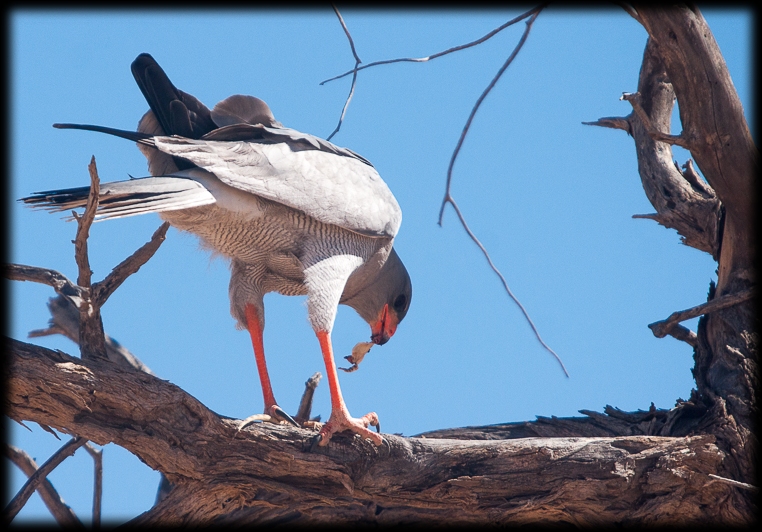
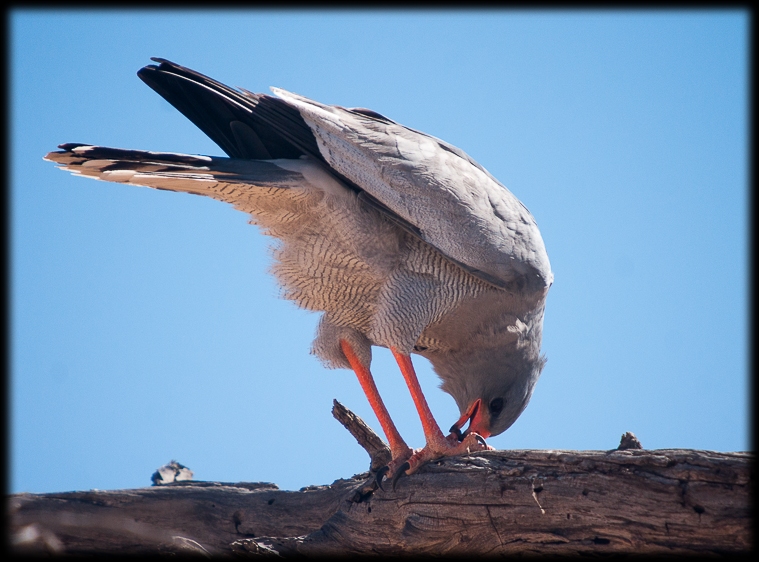
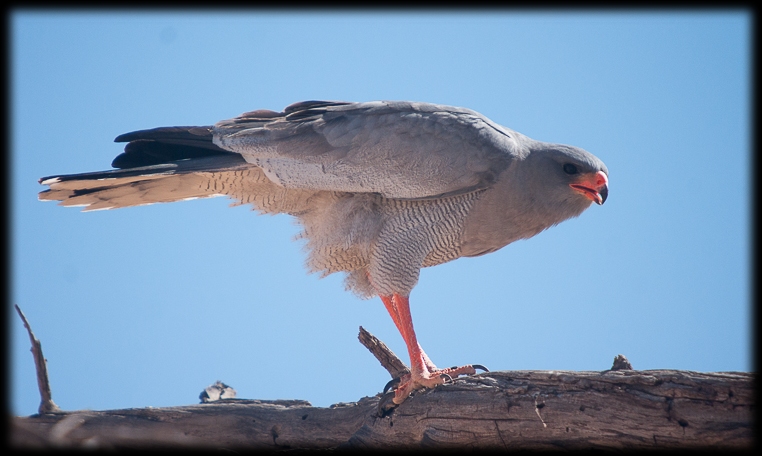
We eventually arrived at KK at 2pm and were met by Willem who was very pleasant and efficient.
It has been a few years since have stayed at this wilderness camp and when we walked into the unit it brought back some good memories and raised the question and why haven’t we booked here for the last couple of years.
We were allocated unit no 3 to proceed to park our vehicle at the end as it would not fit under the awnings. We proceeded to unpack what was required for the next 3 nights which took quite a while. We then elected to rest after a long day and got up at 5pm to download the leopard pictures to try and id the leopards.
It is now 7pm and it is starting to get dark the braai is lit and owl has just started to call what a way to end a wonderful day.
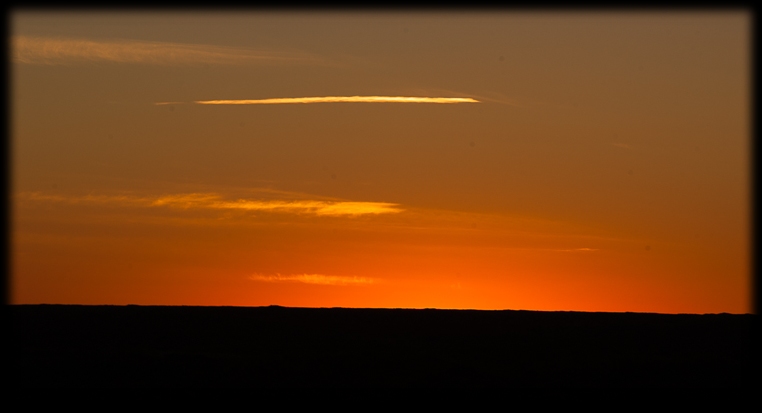
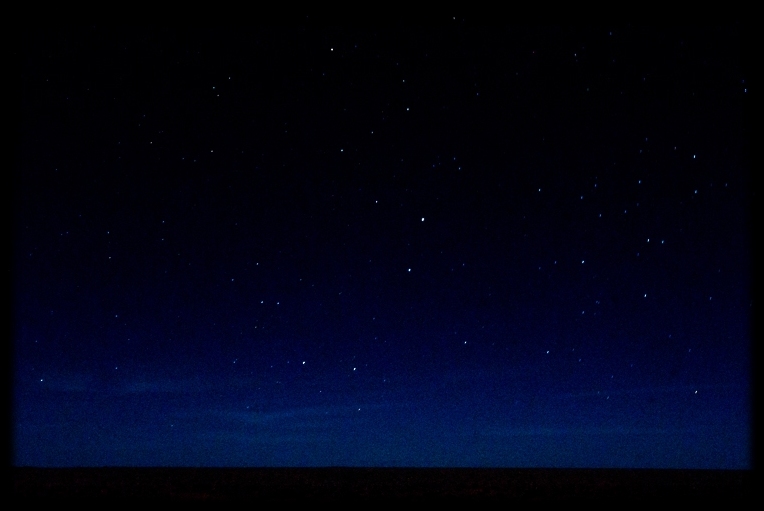
The remainder of the drive down was long hot and quiet. We eventually decided to detour to TR for lunch and to communicate with family that we were safe as we have been out of contact for 10 days. We also needed to stock up on water which we did before departing for Kieliekrankie.
PCG
Pale Chanting Goshawks are generally monogamous (have only one mate). However, rarely a female pairs up with two males (a primary and a secondary male). The secondary male assists with the breeding activities and, on occasion, also mates with the female. The reasons for this behaviour may be that the breeding territory needs to be defended by more than one male or that it takes two males to secure the food for the brooding female and the chicks.
During the wet season, they usually produce one brood. When conditions are particularly favourable, they may attempt a second brood. In particularly dry years, they may not breed at all.
At the beginning of the breeding season, the male - while perched on top of a tall tree - makes his melodious display call, continuously calling for hours at a time. The female and male can then be seen soaring together in circles.
Nesting varies depending on the latitude, mostly from May to February with peaks from July to November.
Their nests are usually situated on the upper fork of tall trees at heights of 10 - 33 feet (3 to 10 meters), or is placed on man-made structures, such as utility poles, survey beacons and steel pylons / transmission towers.
The nest is built by both the male and the female (and the extra male, if applicable).



We eventually arrived at KK at 2pm and were met by Willem who was very pleasant and efficient.
It has been a few years since have stayed at this wilderness camp and when we walked into the unit it brought back some good memories and raised the question and why haven’t we booked here for the last couple of years.
We were allocated unit no 3 to proceed to park our vehicle at the end as it would not fit under the awnings. We proceeded to unpack what was required for the next 3 nights which took quite a while. We then elected to rest after a long day and got up at 5pm to download the leopard pictures to try and id the leopards.
It is now 7pm and it is starting to get dark the braai is lit and owl has just started to call what a way to end a wonderful day.


Re: Extended KTP Trip oct 2013
Day 13 - 15th October
We got up at 5am to do the usual coffee etc. we departed camp at 6am with nothing arriving at the camp waterhole. This was due to the waterhole problem which is now fixed.
Today we decided to drive the Auob riverbed with intention to drive to TR and up the Nossob river bed and across the lower dune road and back to camp.
This never happened due to the cheetah being very active and all over the place which consumed a large portion of the drive. We never even made it to TR never mind the rest of the drive. We elected to cut the drive short and get back to camp early and to catch up on some things and update the trip report as we were falling way behind on the writing we arrived back at 10.30am and wrote for about 2 hours. During the writing we had lunch which consisted of pasta and basil pesto this was simple and yummy.
Lion in early morning light

BBJ's fighting over breakfast
Litters number up to six but usually average two to four. It takes about 10 days for the infants' eyes to open, and for the first few weeks of life they remain in the thickets or holes where they were born. At about 3 weeks they begin to spend time outside playing with their litter-mates. At first the games are clumsy attempts at wrestling, pawing and biting. As they become more coordinated, they ambush and pounce, play tug of war and chase each other. The mother changes den sites about every two weeks, so the young are less likely to be found by predators.
The pups are suckled and fed regurgitated food until they are about 2 months. By 3 months they no longer use the den, but start to follow their parents, slowly learning the territory and observing hunting behaviour. By 6 months, they are hunting on their own. Their parents, however, continue to feed, groom and play with them.
Sometimes pups stay with their parents and help raise their younger brothers and sisters. At times they bring back food to their younger siblings or babysit them while the parents hunt for food. Most pup deaths occur during the first 14 weeks of life, so the presence of helpers increases the survival rate.



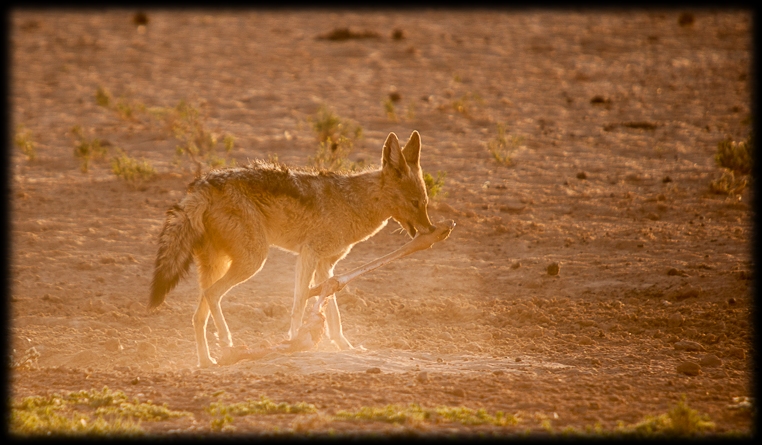
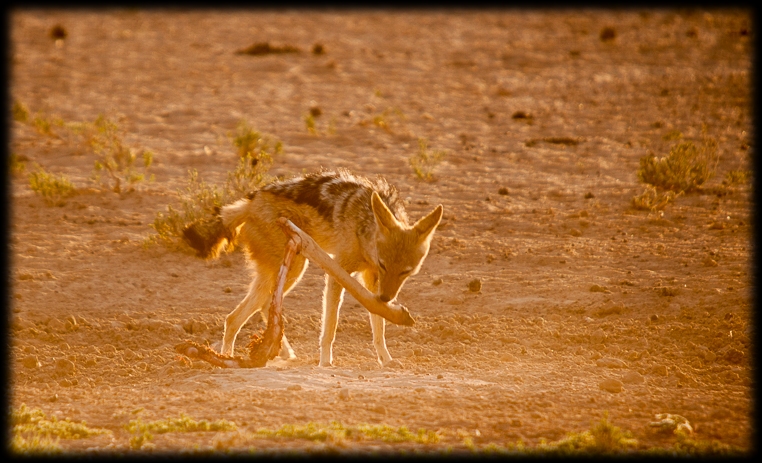
We got up at 5am to do the usual coffee etc. we departed camp at 6am with nothing arriving at the camp waterhole. This was due to the waterhole problem which is now fixed.
Today we decided to drive the Auob riverbed with intention to drive to TR and up the Nossob river bed and across the lower dune road and back to camp.
This never happened due to the cheetah being very active and all over the place which consumed a large portion of the drive. We never even made it to TR never mind the rest of the drive. We elected to cut the drive short and get back to camp early and to catch up on some things and update the trip report as we were falling way behind on the writing we arrived back at 10.30am and wrote for about 2 hours. During the writing we had lunch which consisted of pasta and basil pesto this was simple and yummy.
Lion in early morning light

BBJ's fighting over breakfast
Litters number up to six but usually average two to four. It takes about 10 days for the infants' eyes to open, and for the first few weeks of life they remain in the thickets or holes where they were born. At about 3 weeks they begin to spend time outside playing with their litter-mates. At first the games are clumsy attempts at wrestling, pawing and biting. As they become more coordinated, they ambush and pounce, play tug of war and chase each other. The mother changes den sites about every two weeks, so the young are less likely to be found by predators.
The pups are suckled and fed regurgitated food until they are about 2 months. By 3 months they no longer use the den, but start to follow their parents, slowly learning the territory and observing hunting behaviour. By 6 months, they are hunting on their own. Their parents, however, continue to feed, groom and play with them.
Sometimes pups stay with their parents and help raise their younger brothers and sisters. At times they bring back food to their younger siblings or babysit them while the parents hunt for food. Most pup deaths occur during the first 14 weeks of life, so the presence of helpers increases the survival rate.





Re: Extended KTP Trip oct 2013
Day 13 - 15th October - Continued
Cheetah
Everything about a cheetah's body is built for speed. They have a flexible spine, large liver and heart, wide nostrils, increased lung capacity, and thin muscular body. They run so fast and stride so long, that only one foot at a time touches the ground. A recent study shows that a sprinting cheetah uses the same mechanics as a rear-wheel-drive car, all its power comes from the back. The cheetah's hind limbs have muscles and fibres suited to power running, whereas those on its fore limbs are better for steering and balance. Car manufacturers have got it right thus far, but they're still struggling to keep up with the cheetah on acceleration. A cheetah can go from 0 - 60 mph in under three seconds, an acceleration Porsche owners can only dream about (they're currently at 4.1 seconds to reach 60 mph).

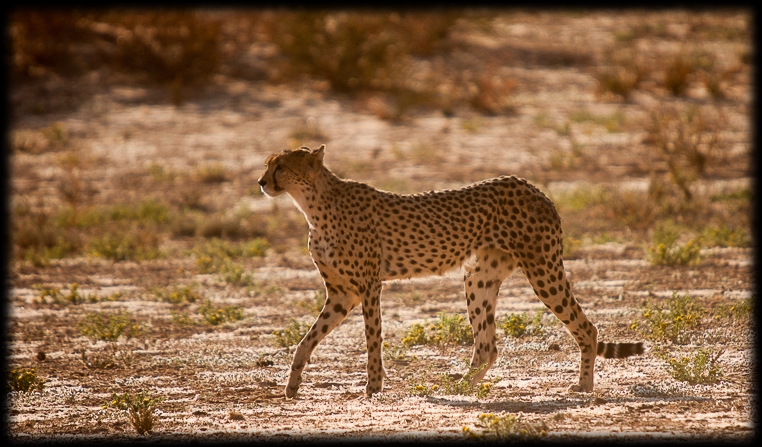
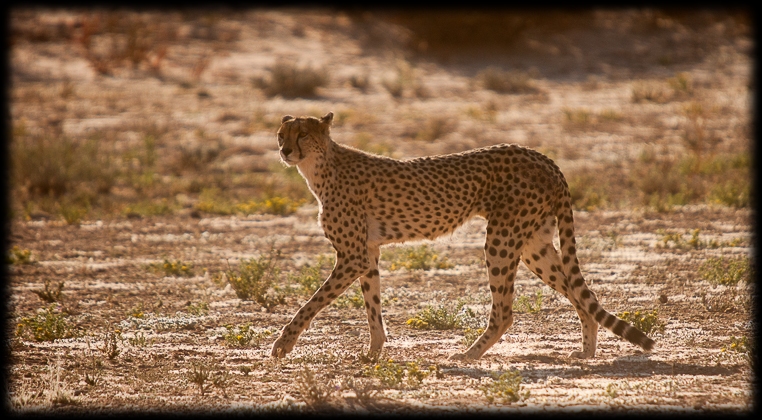
Landscape
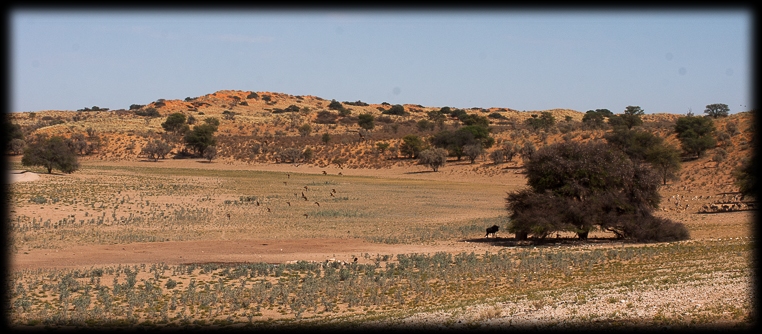
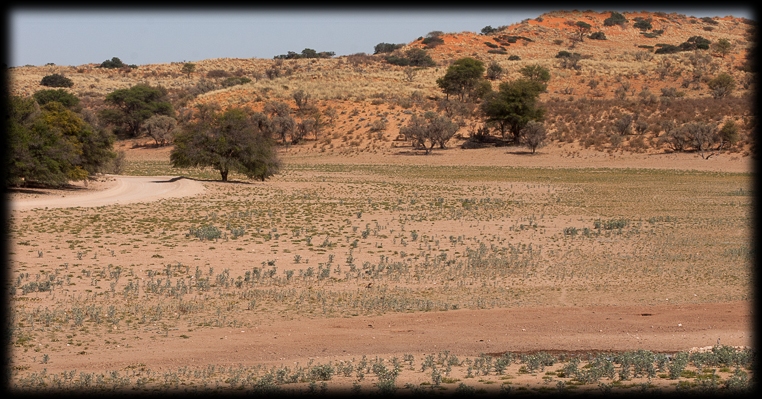

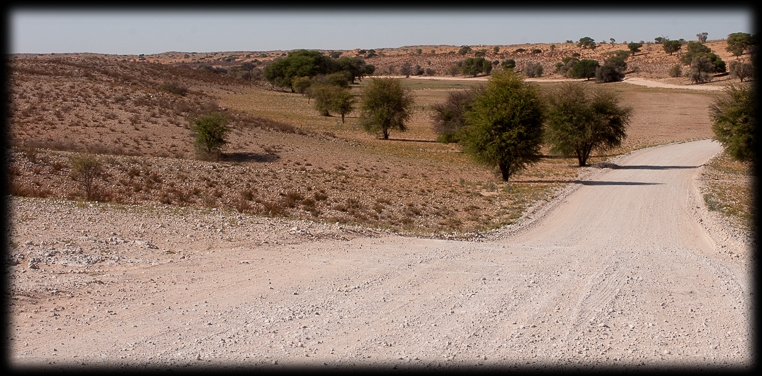
Cheetah
Everything about a cheetah's body is built for speed. They have a flexible spine, large liver and heart, wide nostrils, increased lung capacity, and thin muscular body. They run so fast and stride so long, that only one foot at a time touches the ground. A recent study shows that a sprinting cheetah uses the same mechanics as a rear-wheel-drive car, all its power comes from the back. The cheetah's hind limbs have muscles and fibres suited to power running, whereas those on its fore limbs are better for steering and balance. Car manufacturers have got it right thus far, but they're still struggling to keep up with the cheetah on acceleration. A cheetah can go from 0 - 60 mph in under three seconds, an acceleration Porsche owners can only dream about (they're currently at 4.1 seconds to reach 60 mph).



Landscape




- Lisbeth
- Site Admin
- Posts: 65503
- Joined: Sat May 19, 2012 12:31 pm
- Country: Switzerland
- Location: Lugano
- Contact:
Re: Extended KTP Trip oct 2013
All the cats have their different ways of hunting and that makes them so fascinating.......apart from the lions of course 
"Education is the most powerful weapon which you can use to change the world." Nelson Mandela
The desire for equality must never exceed the demands of knowledge
The desire for equality must never exceed the demands of knowledge
Re: Extended KTP Trip oct 2013
beautiful landscape pictures 


10.03. - 24.03.2015 From Berg to bush
19.11. - 01.12.2015 KTP
19.11. - 01.12.2015 KTP
Re: Extended KTP Trip oct 2013
great shots again 

 ,can't wait for next month where I will be doing star photography big time again
,can't wait for next month where I will be doing star photography big time again 


http://prwinnan.wix.com/prwinnan-photography
Re: Extended KTP Trip oct 2013
Day 13 - 15th October - Continued
Still on the Auob river bed it was time for some birds.

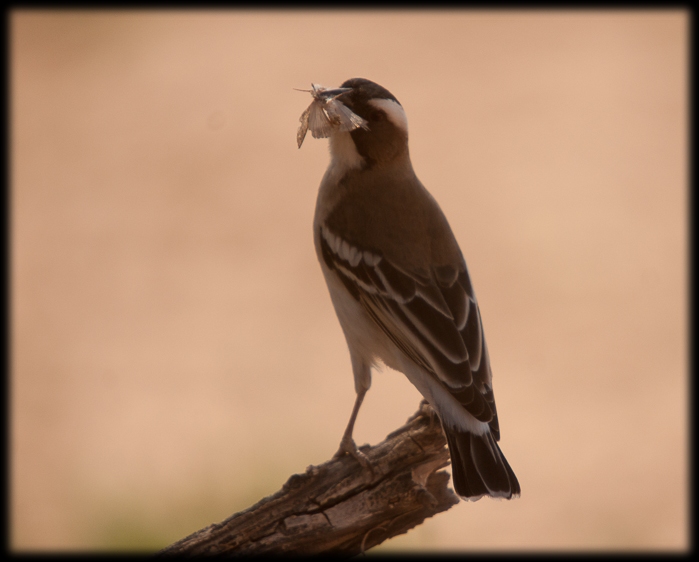
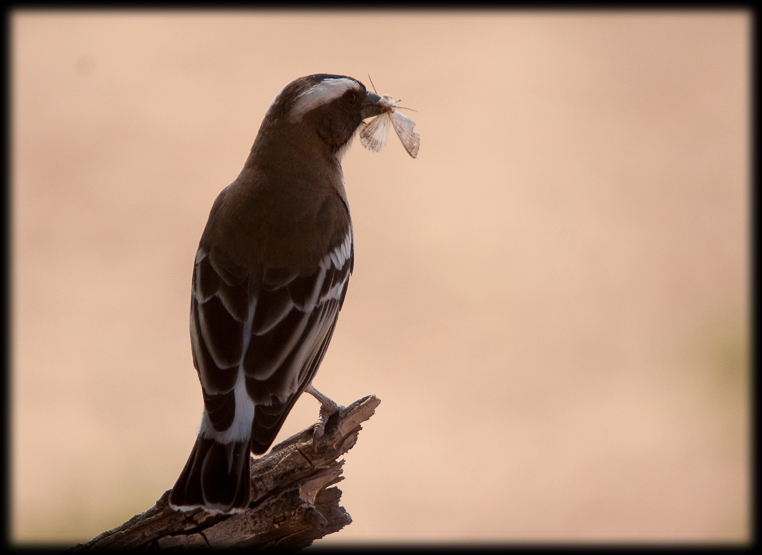
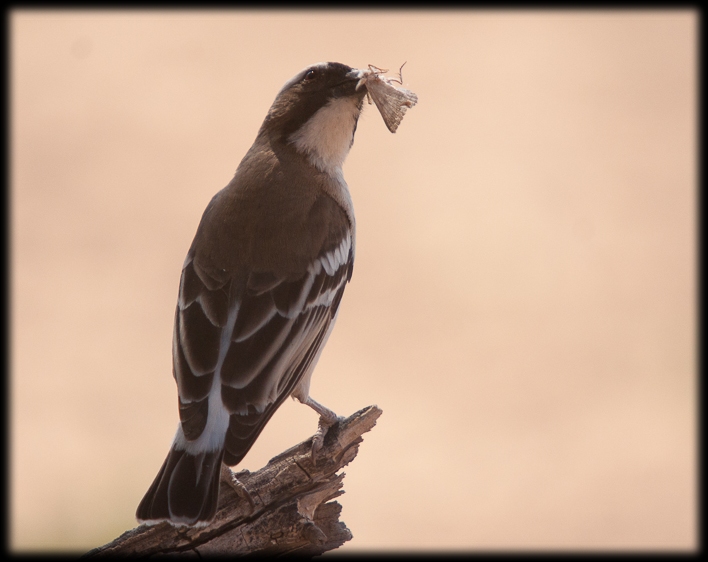
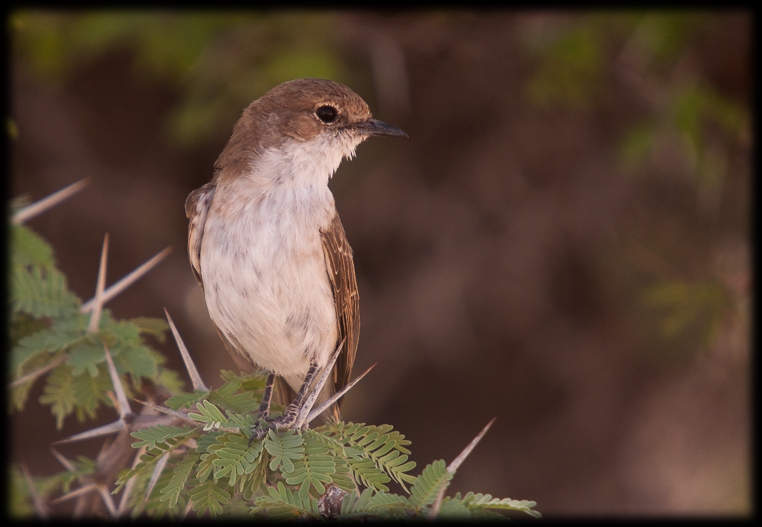
Death is never far away in the harsh environment.

Still on the Auob river bed it was time for some birds.





Death is never far away in the harsh environment.



